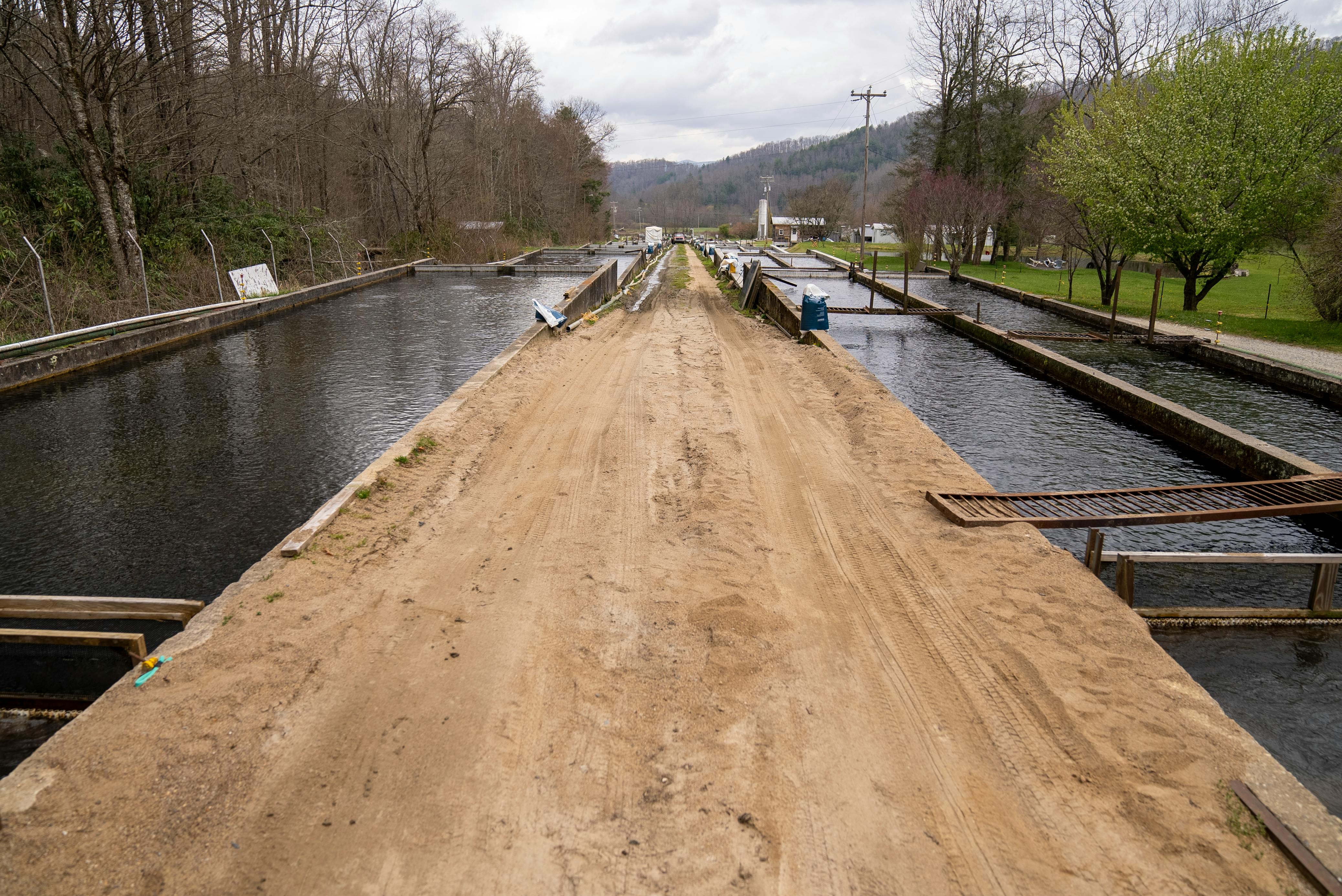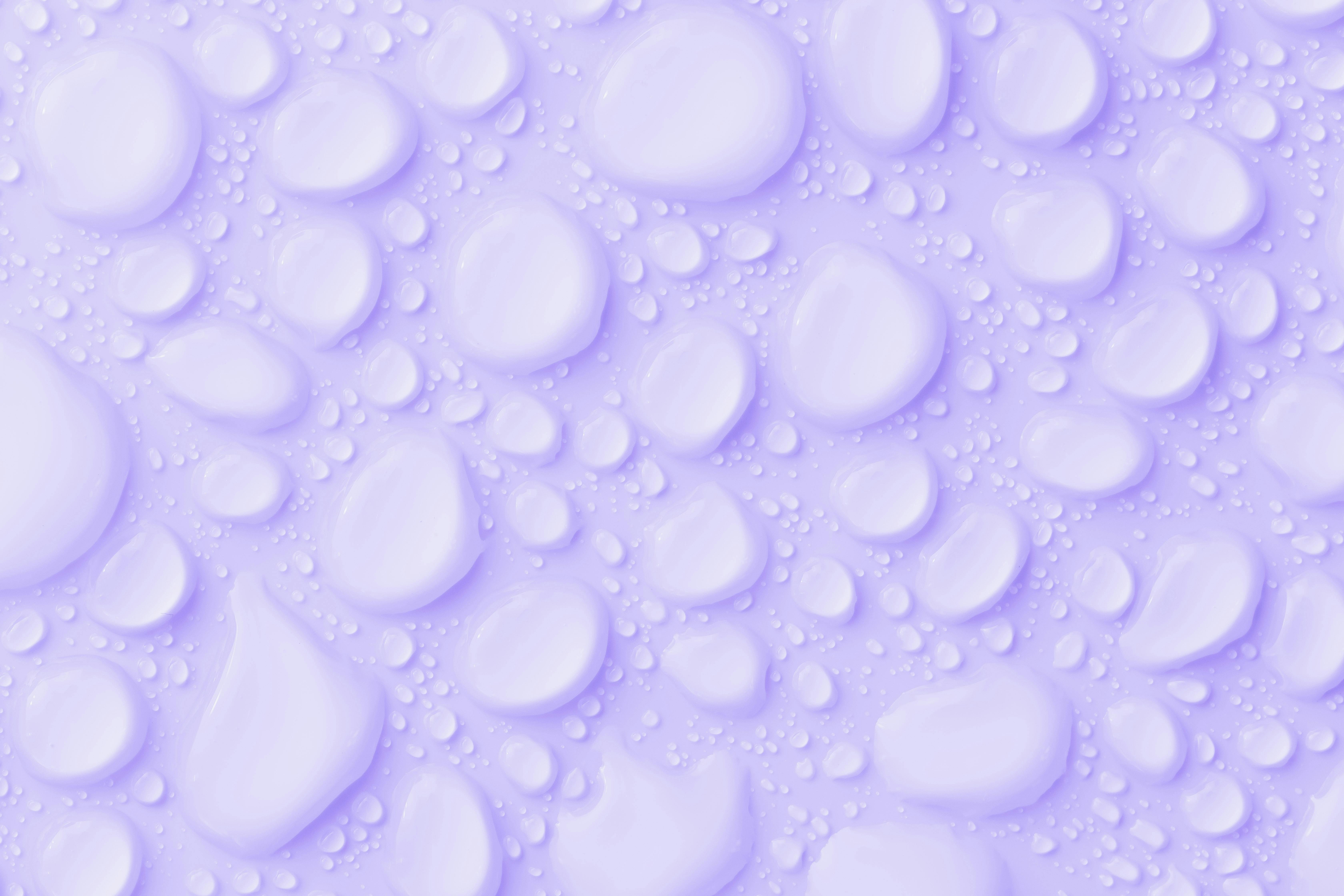The difference between distilled and reverse osmosis water is often a source of confusion. Distilled water is created through the process of distillation, whereby water is boiled and the steam that rises is then collected and condensed back into a liquid. Reverse osmosis, on the other hand, is a process whereby water is forced through a semi-permeable membrane, allowing only molecules smaller than water to pass through. The result of both processes is clean and purified water.Distilled water is water that has been boiled and condensed into a pure form. It has had all of its impurities removed, including minerals, ions, and microorganisms. It can be used for drinking, medical purposes, or as an ingredient in certain products. Distilled water is also very useful in aquariums and other areas where it is important to have pure water.
What Is Reverse Osmosis Water?
Reverse osmosis is a filtration process that removes impurities from water by forcing it through a semi-permeable membrane. This process is able to remove up to 99% of contaminants, including lead, chlorine, iron, arsenic, fluoride and bacteria. Reverse osmosis water is the purest form of water available and is considered safe for drinking. It is used in many homes as well as for industrial purposes, such as food processing and pharmaceutical manufacturing.
Reverse osmosis works by pushing water through a semi-permeable membrane that has tiny pores that allow only certain molecules to pass through. The contaminants are left behind while the pure water passes through the membrane and into a storage tank. The process also removes beneficial minerals from the water such as calcium and magnesium, so it may be necessary to add these minerals back into the water with a mineral filter or special additives in order to make it suitable for drinking.
Reverse osmosis systems are becoming increasingly popular due to their ability to remove most contaminants from tap water which can
Where Does Distilled Water Come From?
Distilled water is created through a process of distillation, which involves boiling water and then condensing the steam back into liquid form. The process removes impurities, such as heavy metals, salts, and other minerals that can be found in tap water. Distilled water is particularly beneficial for those who need pure, clean drinking water. It is also sometimes used to fill car batteries and as a cleaning agent in electronic devices.
Distillation works by boiling the water until it turns into steam and then condensing the steam back into liquid form by cooling it down. This process removes any minerals or contaminants that may otherwise be found in tap water. The resulting distilled water is free of any impurities and will usually have a neutral pH level. It can also be used to rehydrate after exercise or as an ingredient in certain recipes.
Distilled water can be purchased in either pre-bottled containers or dispensed from machines at some grocery stores and pharmacies. It is also relatively simple to make your own distilled water at home using a distillation apparatus such as a still or an electric distiller. This
Where Does Reverse Osmosis Water Come From?
Reverse osmosis water is produced by a process called reverse osmosis. This process is a form of filtration which separates contaminants, chemicals, and impurities from water. In this process, the water passes through a semi-permeable membrane where the contaminants, chemicals, and impurities are removed from the water. The resulting water is then filtered and treated with ultraviolet light before it can be consumed. Reverse osmosis water is often found in bottled form or packaged for home use in systems that include a reverse osmosis filter. Reverse osmosis water can also be found in public drinking fountains or used to fill up bottles at filtration stations.
Reverse osmosis is not only used to produce drinking water but also for industrial purposes such as desalination of seawater. Desalination is used to produce fresh drinking and agricultural water from saltwater sources such as oceans and seas. Reverse osmosis has been used to provide clean drinking water in developing countries where other forms of filtration may not be available or feasible due to price or location
How Is Distilled Water Made?
Distilled water is created by a process called distillation. This involves boiling water and collecting the steam, which is then cooled and condensed back into liquid form. The result is pure water, as all of the impurities and minerals have been left behind during boiling. This process is commonly used to purify drinking water, as it removes harmful contaminants, such as bacteria, viruses, heavy metals, salts and other minerals that can cause health problems. It also removes any unpleasant tastes or odors that may be present in the source water. The distilled water can then be further treated with chemicals or minerals to improve its taste or make it suitable for drinking.
The process of distillation begins with heating the source water until it boils. As the steam rises, it leaves behind any impurities or dissolved solids in the source water. The steam passes through a condenser where it is cooled and condensed back into liquid form. This condensed liquid is now distilled water and can be collected in a separate container for use.
The result of distillation is pure water that has been stripped of most contaminants and impurities. It can

Reverse Osmosis Water Made
Reverse osmosis is a process of water purification that involves pushing water through a semi-permeable membrane to remove impurities. The membrane acts like a filter, trapping contaminants while allowing clean water to pass through. Reverse osmosis is one of the most effective methods of removing a wide range of contaminants from drinking water, including heavy metals, bacteria, and viruses. To make reverse osmosis water, the process begins by drawing unfiltered water into the system and forcing it through a semipermeable membrane. This membrane acts as a barrier that allows only pure water molecules to pass through while leaving behind any contaminants that are too large or have an electrical charge. The clean water is then collected in a storage tank for use, while the contaminants are flushed away with wastewater.
The quality of the resulting reverse osmosis water depends on several factors, including the type and size of the membrane used and how well it is maintained. To ensure that the reverse osmosis system produces high-quality drinking water, it should be regularly inspected and serviced by an experienced technician. Properly maintained
What Are The Benefits Of Distilled Water?
Distilled water has many benefits that make it a great choice for drinking, cooking, and cleaning. It is free of contaminants, including chemicals, minerals, and bacteria. This makes it the safest option for those with sensitivities to these substances. Even those without sensitivities can benefit from drinking distilled water as it does not contain any unwanted additives or chemicals. In addition, distilled water is very low in total dissolved solids (TDS), which can have an effect on the taste of your food and beverages. For this reason, distilled water is often preferred for use in coffee makers and ice makers.
Distilled water is also much better for your appliances than regular tap water. It contains fewer minerals that can build up over time and cause damage to plumbing systems and appliances. This makes it the ideal choice when filling up steam irons or other small appliances that use steam to operate properly. Additionally, it is also great for cleaning surfaces around the home since there are no minerals or other contaminants present that could cause staining or other damage.
Finally, distilled water is far more
Reverse Osmosis Water Benefits
Reverse osmosis water is a type of water purification technology that removes particles, bacteria, and other contaminants from the water. This process leaves only pure, clean drinking water behind that is free from impurities. Reverse osmosis water is an excellent choice for drinking and cooking because it can provide a number of benefits. These benefits include improved taste, fewer contaminants, and reduced health risks.
Reverse osmosis water can have a much better taste than regular tap water. This improved taste comes from the removal of contaminants such as chlorine, lead, and other chemicals that may affect the smell and flavor of the water. Additionally, reverse osmosis removes other particles such as sediment, dirt particles, and microorganisms which can also have an impact on the taste of the water.
By removing these undesirable elements from the drinking water supply, reverse osmosis helps to reduce potential health risks associated with them. The removal of contaminants such as lead helps to reduce exposure to this toxic metal which has been linked to neurological issues in adults and developmental delays in children. In addition, many of the microorganisms removed by reverse

Conclusion
Distilled and reverse osmosis water are both excellent options for drinking water. Both processes remove impurities from water, making them safe to drink. Distillation removes bacteria, viruses, heavy metals, and more. Reverse osmosis removes most of the same contaminants as distillation, along with some smaller molecules like fluoride. The two processes also differ in terms of taste and cost. Distilled water has a neutral taste while reverse osmosis water can have a slightly salty flavor. Reverse osmosis also tends to be more expensive than distillation since it requires additional filtration stages. Ultimately, both processes are effective at providing clean drinking water, so it comes down to personal preference and budget when deciding which one to use.
In conclusion, distilled and reverse osmosis water are both effective methods for purifying drinking water. They offer different levels of filtration and vary in terms of taste and cost. Ultimately, the choice between distilled and reverse osmosis water will depend on individual preference and budget.

